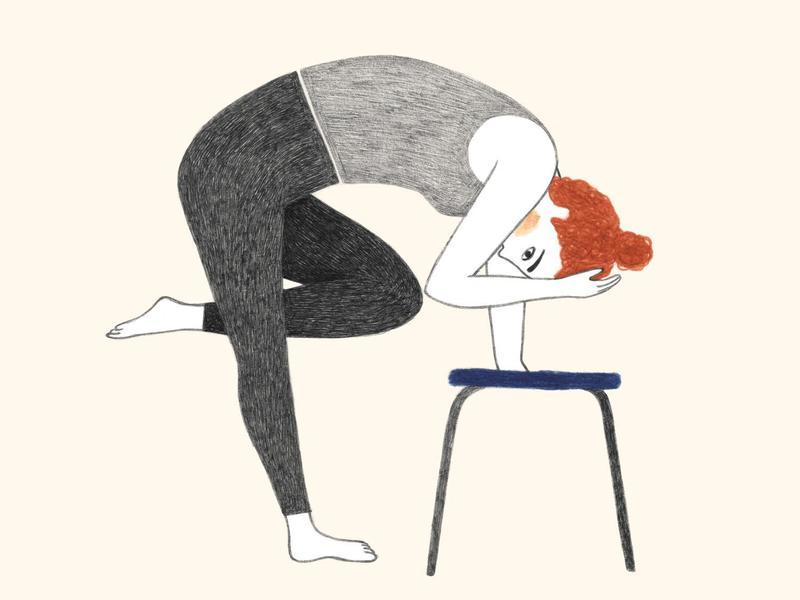Here's a common scenario that I'm sure you had experienced more than a few times...
A friend is sitting right across from you. She's telling you a funny story that happened to her on the way to the supermarket. She's waving and laughing, when all of a sudden, she stops talking, frowns and snaps her hand to head.
You ask her if she's alright, and she offhandedly says, "Oh, never mind. It's just a headache."
But here's a wacky idea. From now on, whenever you feel a headache, a bellyache, maybe even a cold or indigestion, do not "never mind." Instead, try to pay attention. In many cases, your body is trying to tell you something.
Let's take STRESS, for example...
Living in our fast-paced, action-packed, modern-day society, it's natural that we feel stretched to the max and stressed out. That "stressed out" feeling is actually your body’s way of saying something is out of balance.
Over time, psychological symptoms of stress lead to anxiety and depression, and the body reacts to stress with symptoms of heart palpations, high blood pressure, fatigue and general malaise. If you ignore these symptoms and carry a "business as usual" attitude, things don't just take a miraculous turn to the better.
So what can you do about it? Great question!
So here are a couple of things you can do right now to take control...
Relax. Relaxation exercises, such as breathing and stretching, reduce the symptoms of stress. They give you simple tools to get out of stress and rejuvenate yourself quickly and effectively.
Move. A simple change in your physical body can do wonders to your emotional state. It doesn't even have to be strenuous physical exercise. Do some Yoga. Clean your room. A wide smile, for absolutely no reason, will work your facial muscles and change your state. Give it a try.
Imagine. This is a powerful stress-busting technique that we're all familiar with, but we hardly ever do (at least not deliberately.) Just take a minute or two, find a quiet place, and visualize a pleasant situation or an exciting adventure.
Of course, these are just a few simple examples. And there are many other interesting and long-lasting techniques that you can find out about in our Stress Management program, where we walk through an entire range of solutions, step-by-step, in a supportive, friendly and fun environment. But here's the point...
Just like your mind usually knows what your body needs, it works the other around, too. So when your body tries to tell you something, you should listen. Like Anne Rice once wrote, "There is wisdom in the flesh."
Be the first to post a message!
